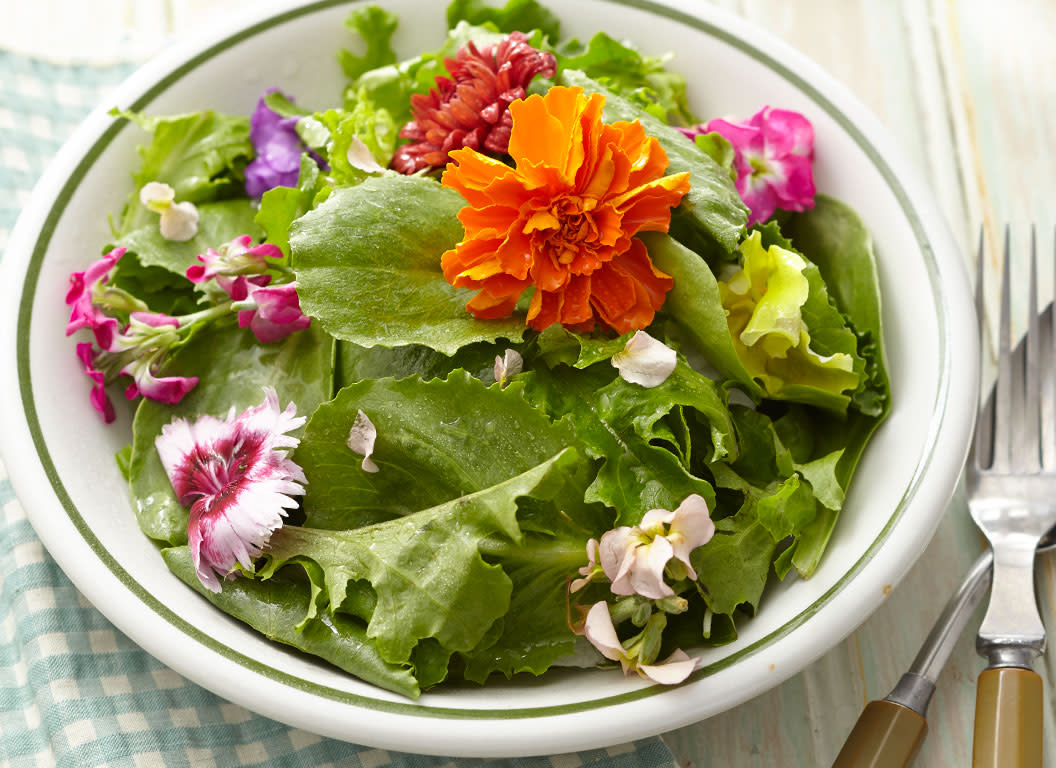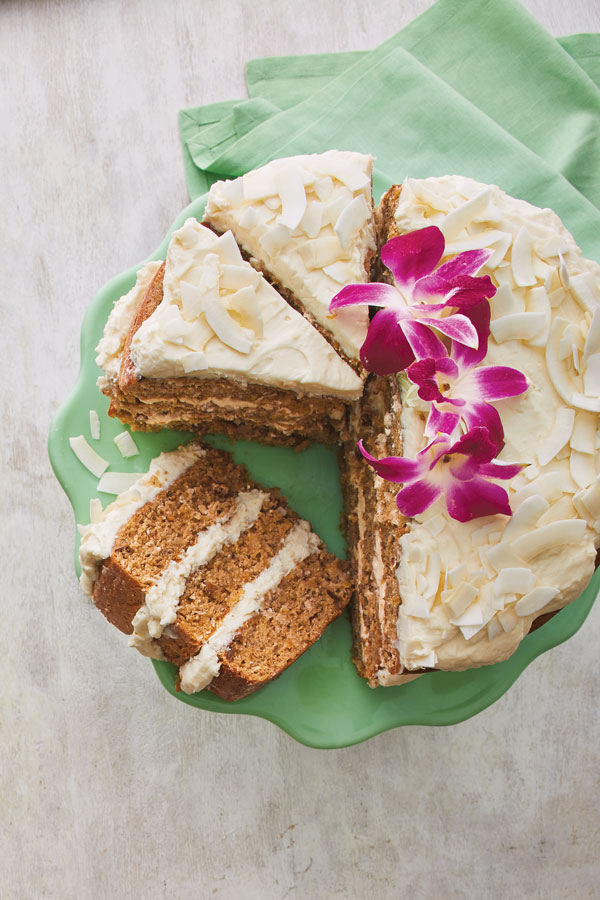Add Joy to Your Plate: All About Edible Flowers
If you’re an avid foodie or food blog follower, you know how popular edible flowers have become. They’re everywhere, topping tacos, soups, salads, and cakes alike. They add a pop of joyful beauty as well as a culinary departure from the norm. So how do you know which flowers are safe to eat?

Which Flowers are Edible?
Not all flowers are edible, but many are — over 80 different types, in fact. Some are eaten regularly; artichokes and capers, for example, are the flower buds of their respective plants. Some flowers, like roses and the variety of orchid used to produce vanilla, have been used by different cultures in food for centuries. Other uses for edible flowers have become common more recently, as well. Dried lavender is a popular ingredient in baked goods, spice blends, teas, and rubs. Nasturtium, a sweet yet peppery flower, can be stuffed, added to salads, or pickled. Jasmine, hibiscus, and chamomile are commonplace in teas.
Other flowers, like impatiens, some varieties of orchid, and carnations are edible fresh — but most of all, fresh flowers make gorgeous garnishes.
Here’s a list of common edible flowers that are easiest to get fresh at grocery stores and farmers’ markets:
- Lavender
- Zucchini (Squash) Blossoms
- Pansies
- Orchids
- Roses
- Violets
- Marigolds (Calendula)
- Nasturtiums
- Chive Blossoms
- Carnations
Don’t eat any flowers that you aren’t certain are edible, as some can be harmful to your health. And if you have severe seasonal allergies, you may not want to eat flowers at all. It’s unlikely that petals alone will harm you, but better safe than sorry.
Where to Buy Edible Flowers
When buying edible flowers, be sure to get them from the produce section of the supermarket, not florists, nurseries, or public gardens, as those flowers are often sprayed with chemicals and pesticides. Look for petals that are bright in color and lively in texture. You may also be able to find edible flowers at the farmers’ market, but be certain that they were grown organically and intended for food.
Grow Your Own Edible Flowers
Which edible flowers can you grow? All of the same edible flowers that are commonly sold at grocery stores (see list above) are fairly easy to grow in a home garden, especially chive blossoms — plus, you’ll also have the chives! Other popular edible flowers for the home garden include chamomile, daylilies, hibiscus, and tulips.
For more information about growing edible flowers — and a gallery of 10 favorites — head over to Garden Gate Magazine’s Edible Flowers guide.
How to Use Edible Flowers
Like herbs and spices, edible flowers can add different flavors to a dish. They have a range of characteristics, from bitter to sweet, spicy, minty, vegetal, floral, herbal, anise and onion. Most have a flavor that's as fresh and delicate as you would expect from a flower. For example, the flavor of a chive blossom is mildly oniony.
It’s best to only eat the petals of edible flowers, so if your flowers still have pistil and stamens, be sure to remove those before adding to food — unless the flowers are especially tiny, such as lavender and chive blossoms. Also, be sure to gently wash edible flowers before you use them.
How Long Do Edible Flowers Last?
When buying, avoid any flowers that look damp, droopy, or discolored. And since they’re delicate, try to use them within two days of purchasing to ensure the highest quality. To store edible flowers, layer them between damp paper towels in an airtight container in the fridge.
Feeling flowery? Whip up a Hummingbird Cake with Whipped Cream Cheese & Rum Frosting topped with fresh flowers for a taste of a tropical getaway.
Product Recommendations
Interested in cooking? Need some supplies?
Check out some of the tools we like. All products featured on Cuisine at Home are independently selected by our editors; we may earn an affiliate commission from qualifying purchases through our links.
